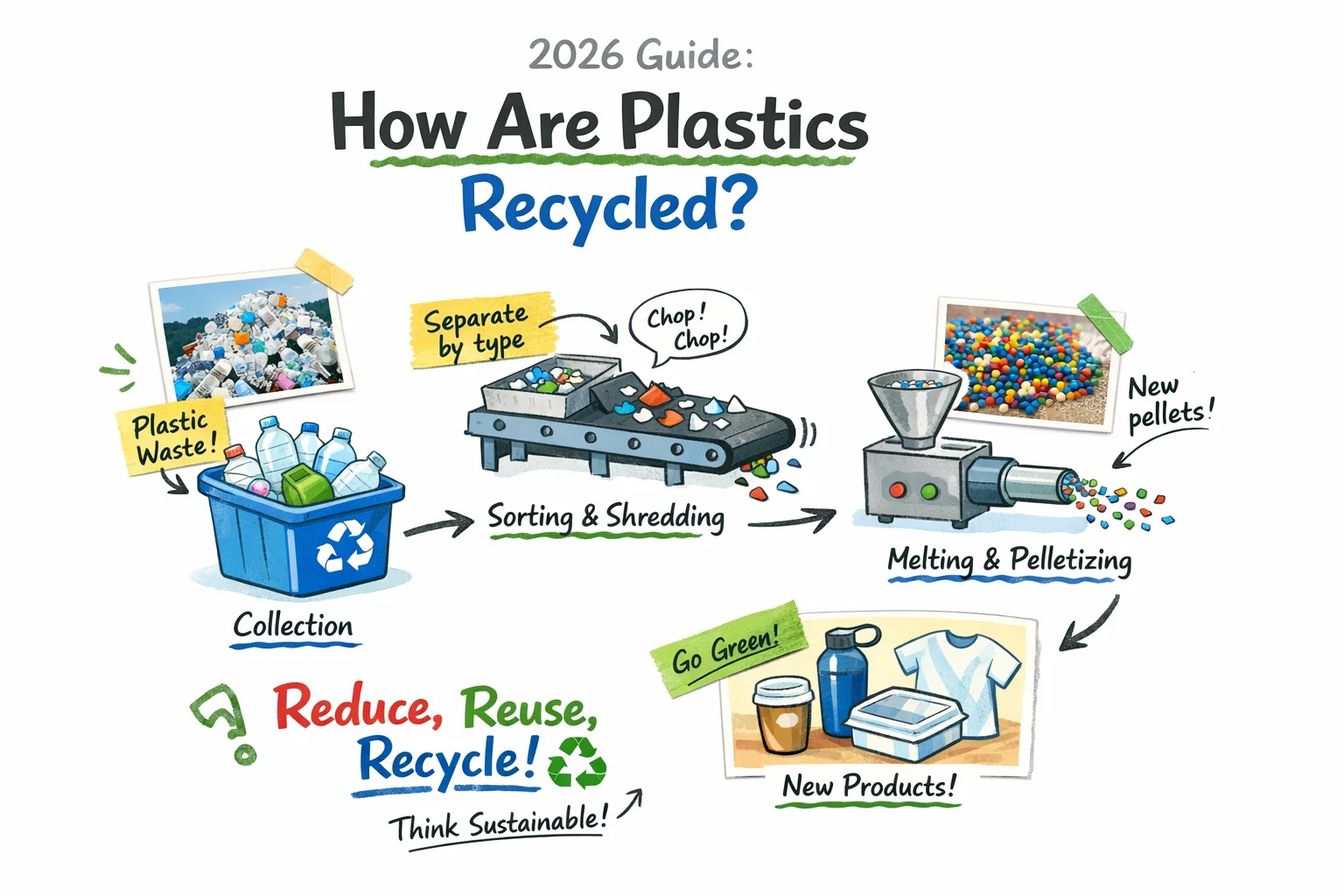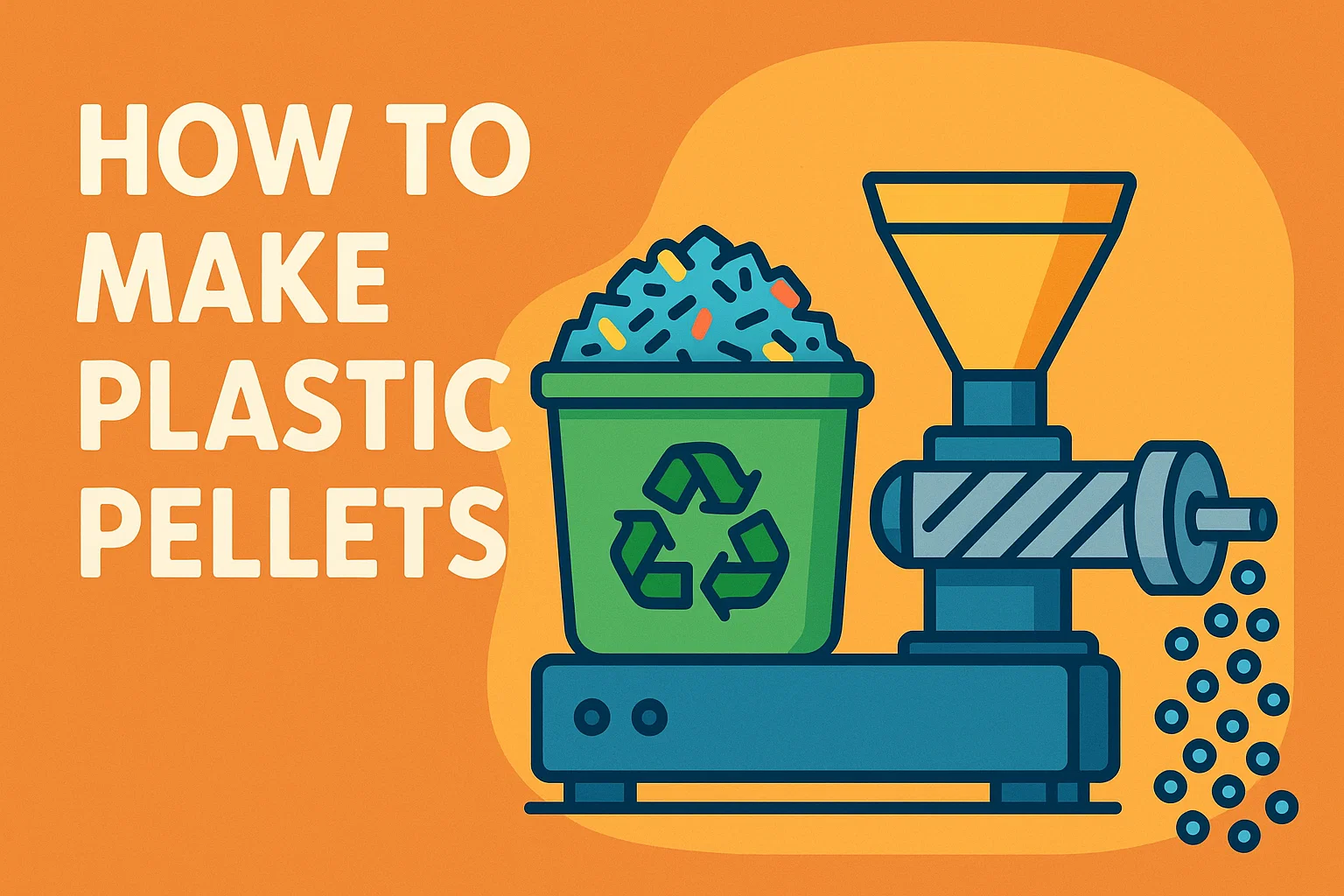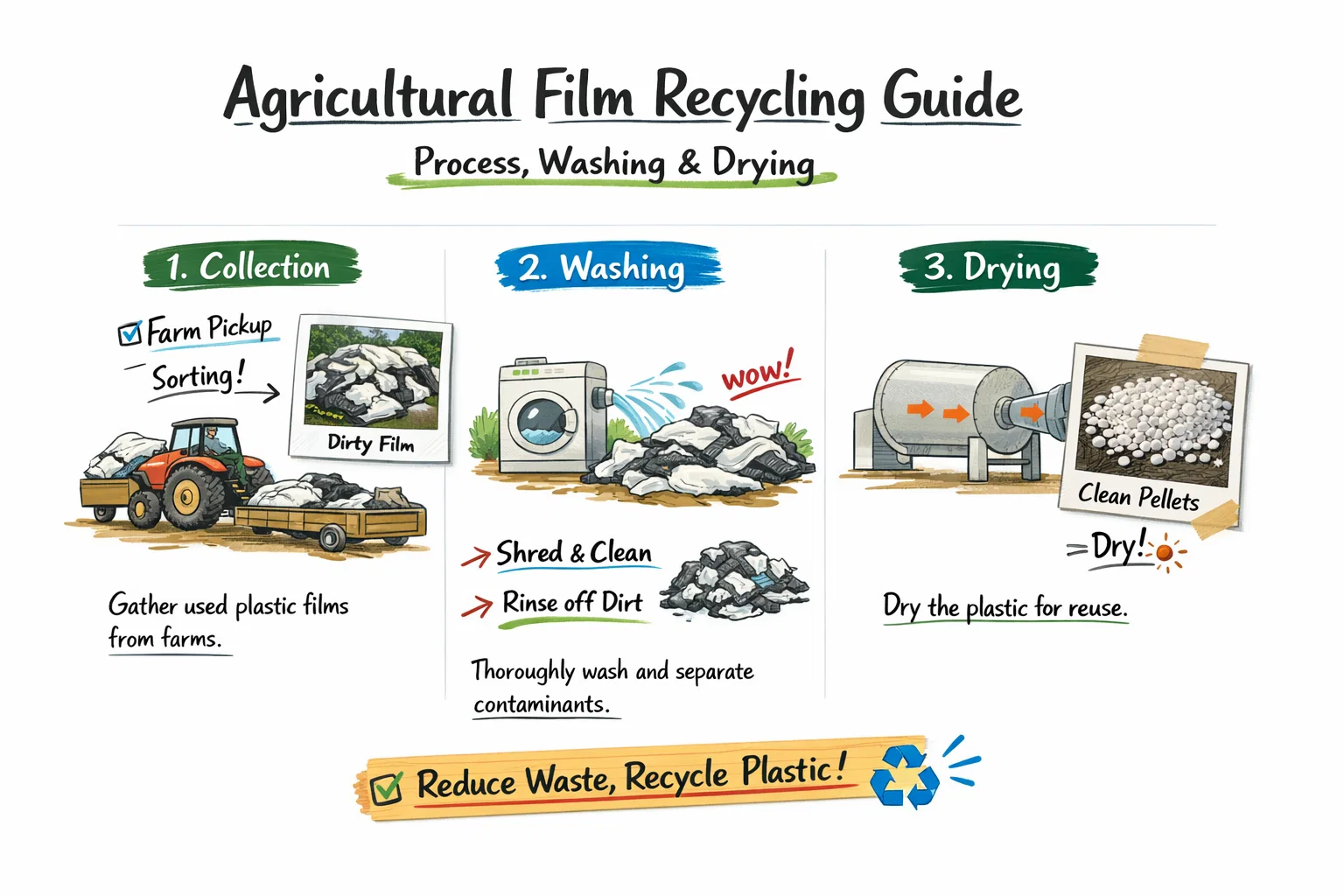Your Partner in Comprehensive Recycling Solutions
Engineering excellence meets environmental innovation. We deliver high-performance recycling machinery trusted by businesses worldwide.
Our Mission & Expertise
Energycle empowers businesses worldwide to transform complex waste streams into valuable, profitable resources through innovative recycling technology.
We specialize in designing robust, integrated recycling lines precisely tailored to your needs—whether processing rigid plastics, films, fabrics, PET bottles, tires, or municipal solid waste.
With decades of engineering excellence, we deliver complete turnkey systems that maximize material purity, operational efficiency, and your bottom line. We're your dedicated partner from concept to commissioning.
Core Competencies
- Custom Plant Design & Integration
- Advanced Washing & Separation Technology
- High-Efficiency Shredding & Grinding
- Versatile Pelletizing & Granulating Systems
- Full Range of Auxiliary Support Equipment
Comprehensive Product Portfolio
From standalone equipment to complete turnkey systems, we engineer solutions for every recycling challenge—no matter the material or scale.
Full-Spectrum Support
We're committed to your success at every stage of your recycling journey.
Comprehensive Services
Full-spectrum support from initial consultation to final installation and beyond.
Dedicated Professionals
Working for a sustainable future, ensuring every project meets the highest standards.
Expert Engineers
Skilled engineers bring years of experience and precision to every solution.
24/7 Support
We're here for you around the clock, ensuring smooth and efficient operations.
Advancing the Future of Plastic Recycling
We provide a full range of services, including preliminary design, manufacturing, and comprehensive after-sales support to ensure your success.
Ready to Transform Your Recycling Operation?
Whether you need a single machine or a complete processing line, our engineering team is ready to design a custom solution that maximizes your efficiency and profitability.
Get Your Custom Quote




